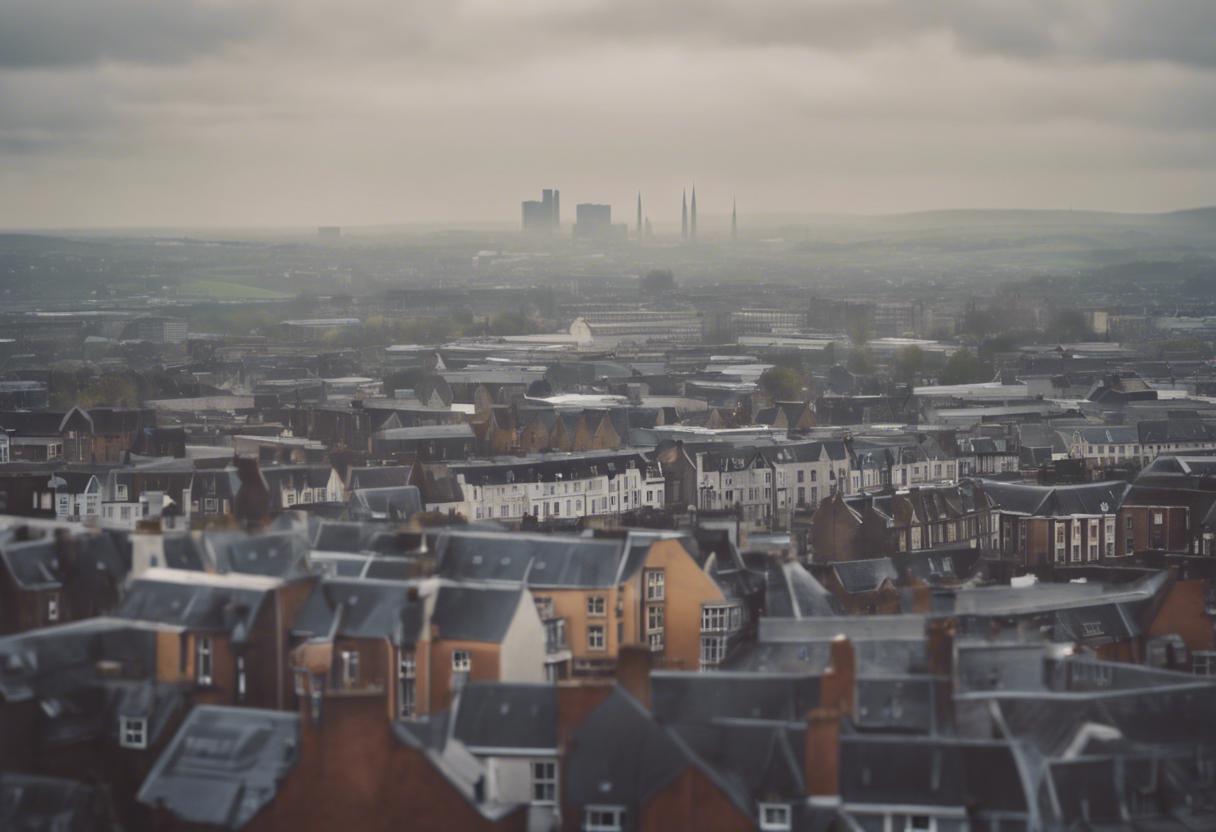The Environmental Protection Agency (EPA) has issued a warning about the ongoing health risks from air pollution in Ireland. This mainly originates from domestic homes using solid fuel heating and city traffic. These sources of pollution may prevent Ireland from adhering to tougher air quality standards issued by the World Health Organisation (WHO), which are due to be enforced in 2026.
The latest air quality report from the EPA has identified that the worst offenders in Irish air pollution are the tiny particles known as particulate matter. These are released when materials such as coal, wood and particularly peat are burnt for heating, in addition to nitrogen dioxide from city traffic.
Dr Micheál Lehane, who oversees the EPA’s Office of Radiation Protection and Environmental Monitoring, commented that current air quality data from Ireland’s recently-expanded 115 station monitoring network shows that this is not merely a city problem. To maintain clean air throughout the country at all times for everyone, residential heating emissions and an investment in country-wide transport systems must be tackled.
Scientific knowledge regarding the dangers of air pollution has vastly improved in recent years, and WHO now states that there is no level of outdoor air pollution that is entirely safe. It is associated with four million global deaths annually, due to illnesses like stroke, heart disease, lung cancer and chronic respiratory conditions including asthma. The European Environment Agency has projected that poor air quality, particular from concentrated fine particulate matter called PM2.5, causes approximately 1,600 premature deaths in Ireland each year.
This alarming statistic led the Irish Government to replace its existing EU guidelines with a legally-binding clean air policy. In 2022, it put stringent new restrictions concerning solid fuel use into action. Although Ireland meets the current EU standards for the four most significant pollutants, it is not on track to meet the intermediary targets set for 2026 by WHO, specifically concerning two types of particulate matter as well as nitrogen dioxide, sulphur dioxide and ozone.
The report emphasises that, to reach the 2030 and 2040 targets, decisive action is required. By 2040, Ireland aims to fully meet the air quality guideline values as set by WHO.
Despite outperforming several of our European counterparts, Ireland’s environmental monitoring outcomes for 2023 are expected to exceed the impending 2026 objectives, according to the assessment.
Often linked with chilly, stagnant weather spanning from late autumn to the onset of spring, high concentrations of particulate matter contaminants can lead to one or two-day instances of below-par air quality. Measures such as reducing the usage of solid fuels and instead opting for cleaner choices, enhancing household energy effectiveness, and minimising car usage for school runs, commuting and leisure activities are among the recommendations mentioned to help reach the forthcoming objectives.
The study advocates that local governing bodies endorse cleaner and healthier choices for air quality by financing upgrades to public transport systems and endorsing active travel. Among the principal suggestions is the establishment and preservation of secure sidewalks and bicycle lanes to further promote active travel as an efficient and safe substitution for car usage and corresponding nitrogen dioxide emissions.
Roni Hawe, EPA programme manager, noted that while advancements in domestic retrofitting schemes will aid in decreasing fine particulate matter contamination, vigilance is also necessary to certify that compliant solid fuels like low smoke coal and dried wood are the only types being sold to homeowners.
He further pressed for stringent inspection initiatives by local authorities over the winter to guarantee that retailers are only stocking and selling sanctioned solid fuel.

